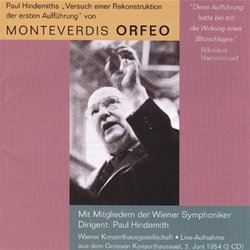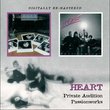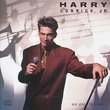| All Artists: Paul Hindemith Title: Paul Hindemith's Attempt to Reconstruct the First Performance of Monteverdi's Orfeo. Members Wishing: 0 Total Copies: 0 Label: Music & Arts Release Date: 6/8/2010 Genre: Classical Style: Symphonies Number of Discs: 2 SwapaCD Credits: 2 UPC: 017685123726 |
Search - Paul Hindemith :: Paul Hindemith's Attempt to Reconstruct the First Performance of Monteverdi's Orfeo.
 | Paul Hindemith Paul Hindemith's Attempt to Reconstruct the First Performance of Monteverdi's Orfeo. Genre: Classical
Claudio Monteverdi's Orfeo, premiered in February 1607, is the oldest opera still in repertoire today. The work fell into oblivion for more than three centuries, and it was only in 1927 that the first printed score was rep... more » |
Larger Image |
CD Details
Synopsis
Product Description
Claudio Monteverdi's Orfeo, premiered in February 1607, is the oldest opera still in repertoire today. The work fell into oblivion for more than three centuries, and it was only in 1927 that the first printed score was reprinted in a facsimile edition but while the score gave fairly clear directions to vocalists, it lacked specificity in notating the instrumental parts, leaving many vital choices, incuding what instruments to use, up to the performers. A number of late-Romantic versions followed, but it was only in 1943 that Paul Hindemith published his thoroughly researched score which attempted to reconstruct the style and instrumentation of Monteverdi s first performance. Hindemith premiered his version in the USA during the years he spent at Yale; this Viennese performance was its European premiere. For it, Hindemith assembled young players interested in authentic performances of early music (among them string players Nikolaus Harnoncourt and Paul Angerer, harpsichordist Anton Heiller, and oboist Karl Mayrhofer) and borrowed ancient instruments from numerous private collections. Harnoncourt later recalled: This performances affected me like a lightning bolt!, launching his own early music performing carreer and the formation of his ensemble Concentus Musicus .
Similar CDs
| Six Films Genres: Pop, Soundtracks | |
| Heart Private Audition/Passionworks Genre: Rock Label: 101 DISTRIBUTION | |
| Harry Connick Jr We Are in Love Genres: Jazz, Pop Label: Sbme Special Mkts. | |
| Daniel Taubkin Sertao Negro Genres: International Music, Pop Label: Tratore Music Brasil | |

 Track Listings (17) - Disc #1
Track Listings (17) - Disc #1



